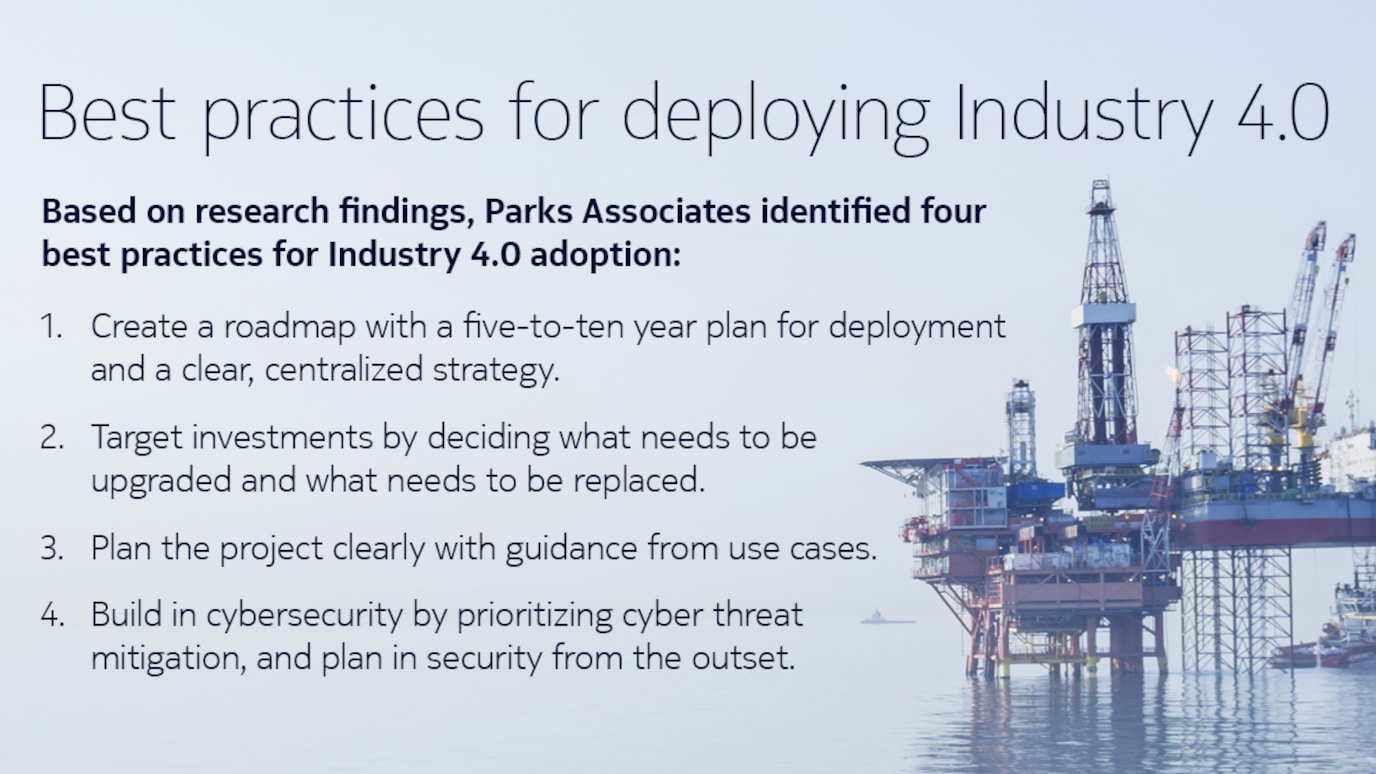The starter’s pistol went off years ago in the race to Industry 4.0 but a lot of companies are still hunched in their blocks — and many that hit the track have stumbled at the hurdles. So what challenges are they running into, and how can they get to the finish line of operations revolutionized by data-driven insights, real-time automation, artificial intelligence and machine learning?
Nokia paired up with Parks Associates to answer those questions, surveying executives and decision makers at 30 companies in manufacturing, energy and transportation to learn about the Industry 4.0 roadblocks they’ve encountered and what they’ve done to overcome them.

Hostile industrial environments
Harsh physical conditions and obstruction-filled facilities make it hard to deploy the kind of high-speed, low-latency, ultra-reliable connectivity many Industry 4.0 applications require. But that doesn’t mean the benefits of digitalization are out of reach.
The ‘overcome’: Don’t look for a one-size-fits-all solution. Remote locations may require private wireless networks for reach, while tight spots where interference is a concern may call for a mix of wireline, Wi-Fi, Bluetooth and RFID. For fleets on the move, mobile networks with private tunnels into communications service provider (CSP) networks may deliver the best results. Use all the tools at your disposal.
Data overwhelm
Advanced Industry 4.0 analytics need data, and lots of it. But without the right structures in place, the deluge can quickly become unmanageable. One IT director described receiving more than 200 daily alerts and a system so data-clogged it nearly stopped working. Challenges in collecting, storing and accessing can stop companies from even trying to transform.
The ‘overcome’: Clearly evaluate your project needs and tailor your data collection accordingly. Cloud-based data storage can help with centralization of data and relieve overburdened networks.


Threats on all sides
Industry 4.0 is all about interconnection and data sharing. But the more open networks become, the bigger their attack surfaces — seemingly multiplying the opportunities for bad actors. Yet there are proven safe ways to achieve Industry 4.0 openness while keeping vulnerabilities in check.
The ‘overcome’: By applying best practices for zero-trust software-defined networks, using a mix of hybrid and private clouds , and modernizing legacy infrastructure, enterprises can maintain maximum security in the Industry 4.0 era.
People resist change
Change is challenging and sometimes outright scary for people who are used to working a certain way. That’s true from the factory floor all the way up to the C-suite. The “curmudgeon effect” can set in and throw up obstacles to progress, and shifting culture is never an easy task.
The ‘overcome’: Communicate. Clear, centralized strategies — communicated throughout the entire company — are critical to success, as is training for all levels of staff. Small-scale pilot projects can also be helpful for demonstrating return on investment (ROI) and potential benefits of new processes and technologies.


Relationship management
No single vendor today can supply all the technologies, equipment, network elements, software, processes and integration services required for complex Industry 4.0 deployments — meaning partnerships are key. It can be a major challenge for companies to manage all those players while trying to keep day-to-day business moving at the same time.
The ‘overcome’: Use open-source platforms and solutions as much as possible to maximize interoperability. Work closely with vendors to develop long-term support and service strategies that relieve some of your internal burden, and cultivate in-house capabilities where it makes sense.

Get more insights into real-world Industry 4.0 roadblocks and strategies for overcoming them.

